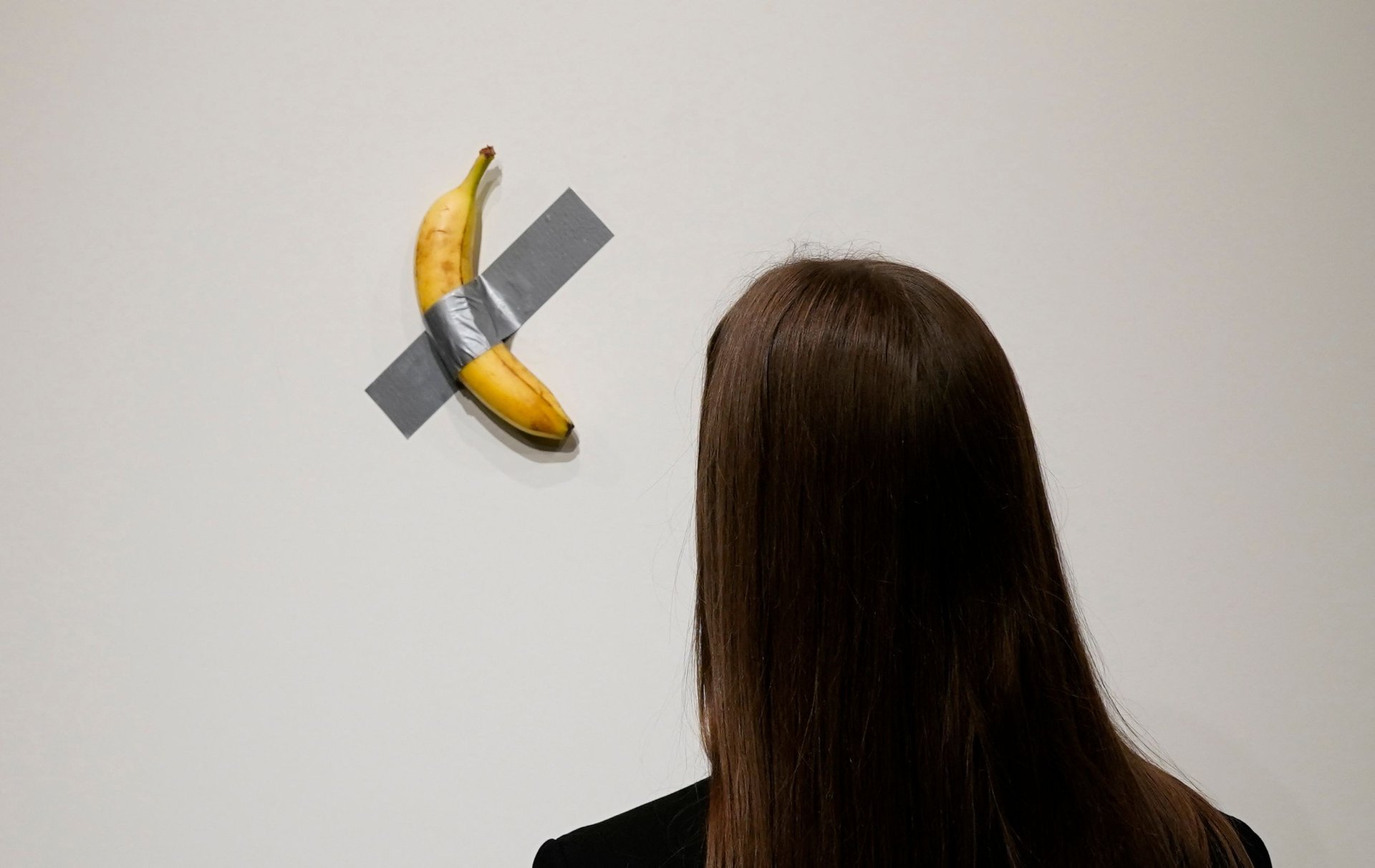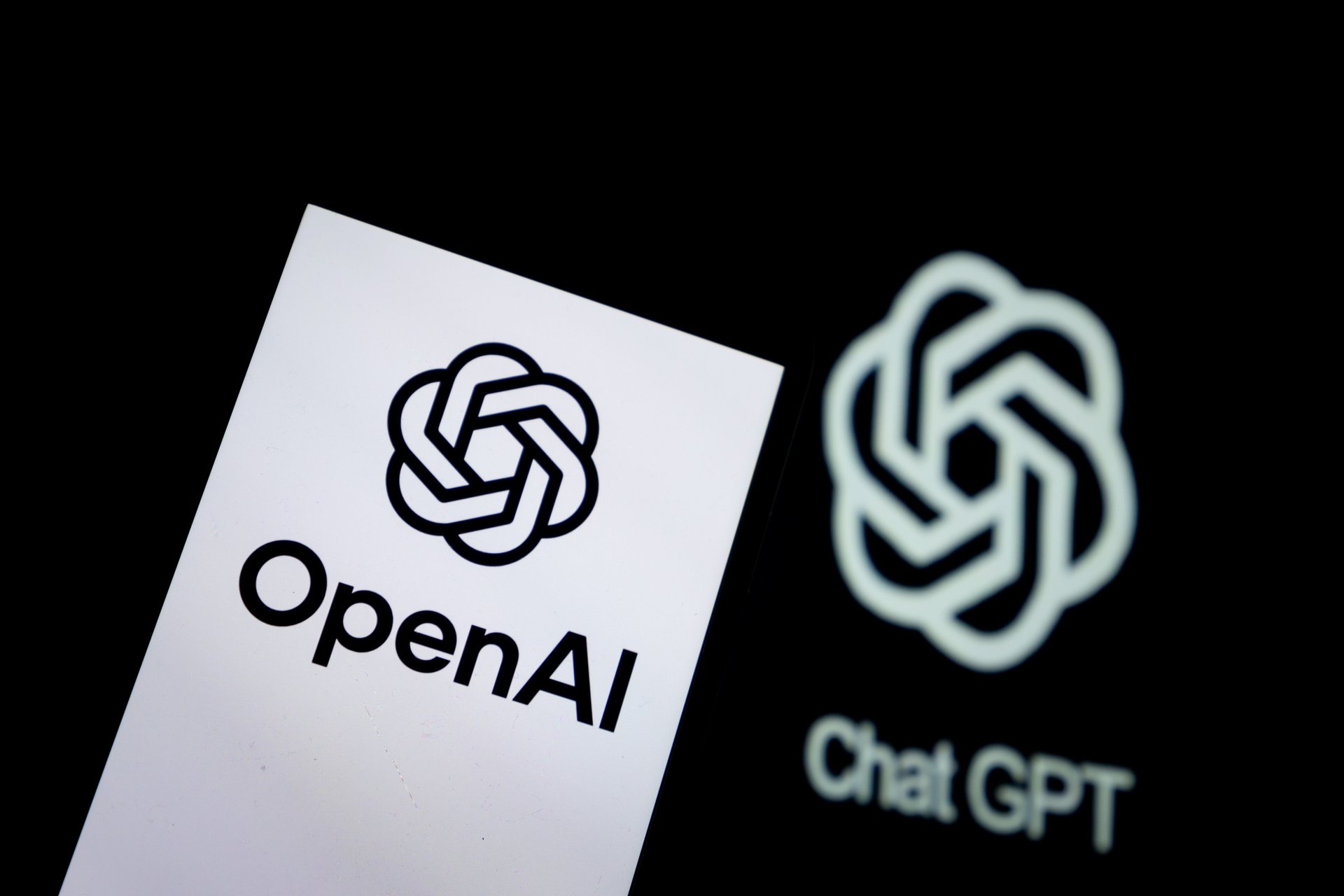6 of the weirdest things you can buy on a blockchain
The tokenization of real-world assets is a booming businesses. Here are some of the unlikely items that have already made their mark

Tokenization — the process of creating a digital representation of the rights to an asset and storing it on a blockchain — is a booming business. A report by Ripple and Boston Consulting Group estimates that the tokenization of real-world assets could grow from about $0.6 trillion in 2025 to $18.9 trillion by 2033.
The lion's share of this growth is expected to come from fiat currencies, known as stablecoins. In July, Congress passed the first federal law to create a regulatory framework for their issuance. Yet, stablecoins are just the tip of the iceberg when it comes to trading the rights to real-world assets on public ledgers. Here are six of the weirdest things that people have tokenized and traded on blockchains.
2 / 7
Real Estate

Getty Images / Fadel Senna
The global portfolio of tokenized real estate is expected to grow from $0.3 trillion in 2024, to $4 trillion by 2035, according to Deloitte estimates. The priciest deal reported yet: In January Dubai developer DAMAC Group partnered with blockchain platform MANTRA to tokenize assets in the Middle East worth at least $1 billion.
3 / 7
Private Equity

Getty Images / VCG
Private equity funds are increasingly issuing security tokens that represent shares in PE vehicles, recorded and traded on blockchains. This allows traditionally illiquid investments to be fractionalized and traded more easily, lowering entry thresholds for smaller investors while improving secondary market liquidity.
In July, retail trading platform Robinhood began to offer users indirect exposure to OpenAI and SpaceX equity, by tokenizing its ownership stake in a special purpose vehicle. “Our giveaway plants a seed for something much bigger, and since our announcement we’ve been hearing from many private companies that are eager to join us in the tokenization revolution," Robinhood CEO Vlad Tenev said in a post on X.
4 / 7
A meme

Flickr / Gophins72
The meme features Zoë Roth as a 4-year-old, smirking at the camera while a house fire burns behind her. In 2021, Roth sold a non-fungible token of the original photograph for 180 Ethereum tokens, which at the time was worth about $473,000-$500,000.
Even after selling the NFT, Roth and her family retained the copyright to the image and arranged to receive 10% royalty on any future resales. Roth used some of the proceeds to help pay off student loans but said the sale was partly about regaining control over how the image is used. The “Disaster Girl” NFT is often cited as a milestone case in how content owners can monetize their content via blockchain technology.
5 / 7
Perfume

Getty Images / Kinga Krzeminska
Cyber Eau de Parfum was released in April 2021 as a limited-edition fragrance project that experimented with linking the scent formula itself to an NFT. Each buyer received both a physical bottle of perfume and a digital token containing the encoded recipe of the fragrance.
The idea was to treat the formula like intellectual property on the blockchain, creating a kind of digital provenance for smell. It was framed as a futuristic crossover between luxury goods and decentralization — turning perfume, one of the most ephemeral commodities, into something that could be owned, traded, and verified on-chain.
6 / 7
A banana

Getty Images / Bloomberg
Maurizio Cattelan’s artwork Comedian — a banana duct-taped to a wall — became infamous when it sold for $120,000 at Art Basel Miami in 2019, sparking debates about what counts as art. In 2021, a number of digital artists and collectors made unofficial NFT versions inspired by Comedian. These were not created by Cattelan himself but by others tokenizing digital images or reinterpretations of the banana-on-the-wall concept. For example, the group Banana Zone DAO issued banana-themed NFTs linked to the artwork’s notoriety.
The idea was to illustrate how tokenization can assign lasting monetary value to something as fleeting as a moment and as perishable as a piece of fruit. It’s often cited as a satirical example of how far markets will go in valuing scarcity and symbolism over material substance.
Taking the stunt to its culmination: Justin Sun, a Chinese cryptocurrency entrepreneur and billionaire, purchased the original Comedian for $6.2 million at a Sotheby's auction in 2024. He later fulfilled his promise to eat the artwork, declaring it tasted "much better than other bananas."
7 / 7
Someone's arm

Getty Images / LordHenriVoton
In 2021, German tennis player Angelina Graovac tokenized 15 centimeters of space on her arm, according to Sportico. The buyer of the NFT would gain the right to decide what tattoo or design would be inked permanently in that segment. Part of the deal: the winning bidder could resell the token for a higher price when she makes it to Wimbledon or Roland Garros.
Graovac succeeded in selling the rights to the part of her limb for 3 Ether, equivalent to $5,415, to user "JumpHigh," although it has not been disclosed how they used the license. The move was pitched as a novel blend of sports sponsorship and blockchain technology, turning part of her own body into a scarce, tradable advertising space, pushing the boundary of what it means for an athlete to commodify their body.
